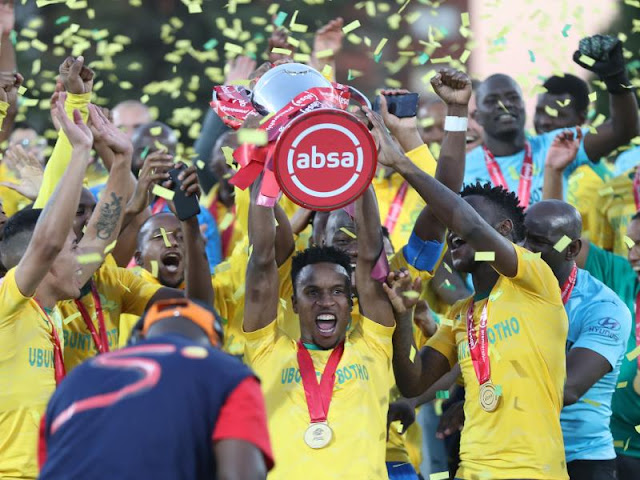The PSL social media landscape in 2019 – Chiefs dominates

Mahlomola Martin Lefupana Kaizer Chiefs, Orlando Pirates and Mamelodi Sundowns are the only clubs in South Africa to have more than 1 million followers on social media. The three clubs are also in the top ten of Africa’s social media ranking, with Chiefs ranked fourth with more than 4.9 million, Pirates 5 th with 3.6 million and Sundowns ranked 9 th with 1.4 million followers. Whilst the PSL dominates the continent in terms of money league, the social media rankings are led by the North African clubs with Al Ahly Sports Club with more than 20 million followers, followed by Zamalek Sports Club with more than 10 million following and Raja Club Athletic with more than 5.1 million. The top ranking Chiefs, Pirates and Sundowns in Africa’s social media ranking is not a surprise given their status in the continent, especially in the Southern Africa region. The clubs are regarded as the “Big Three” and have dominated South Africa football for the last 40 years and have e...


